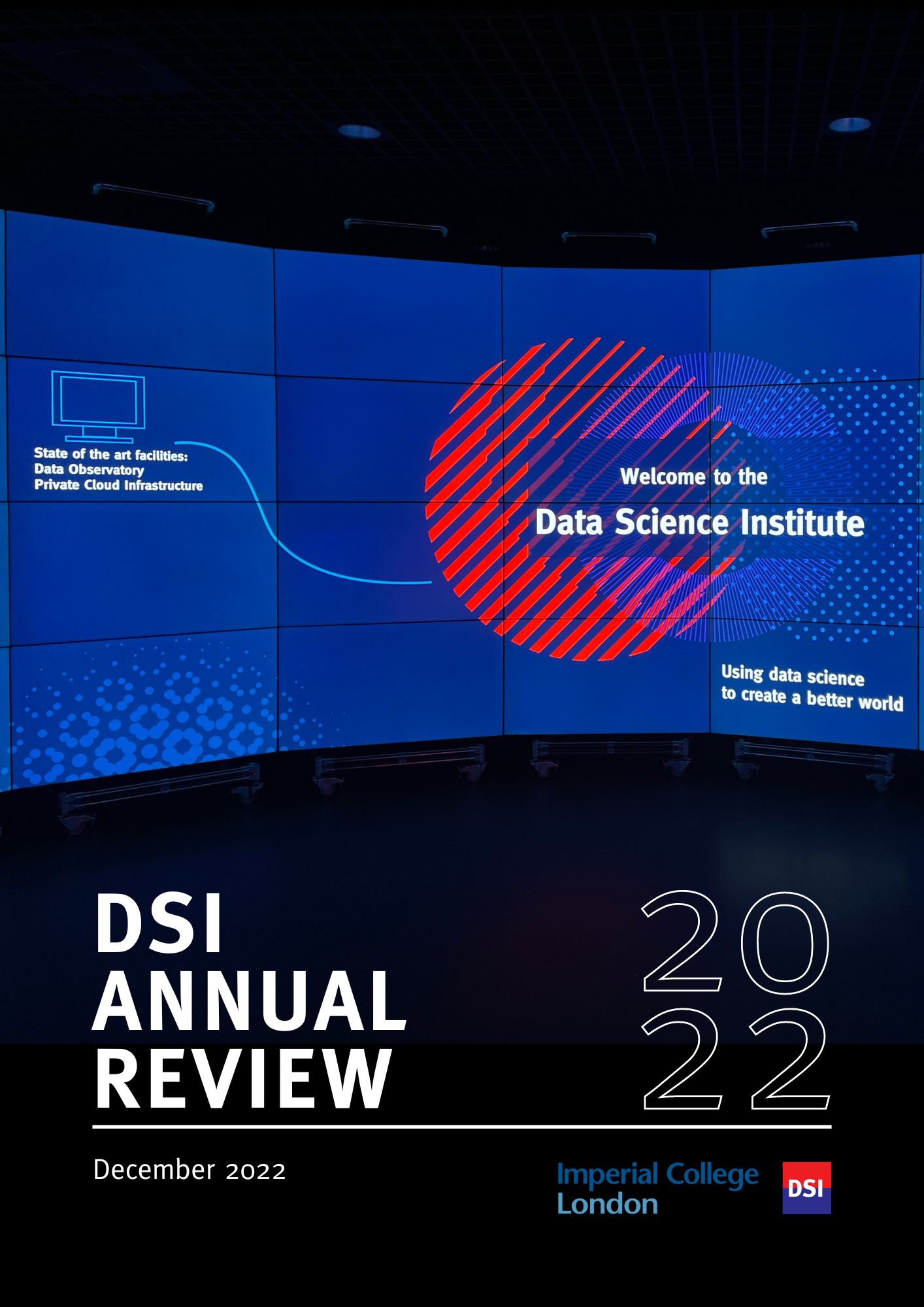BibTex format
@article{Rivera-Rubio:2015:10.1016/j.patrec.2015.03.003,
author = {Rivera-Rubio, J and Alexiou, I and Bharath, AA},
doi = {10.1016/j.patrec.2015.03.003},
journal = {Pattern Recognition Letters},
pages = {109--117},
title = {Appearance-based indoor localization: a comparison of patch descriptor performance},
url = {http://dx.doi.org/10.1016/j.patrec.2015.03.003},
volume = {66},
year = {2015}
}

